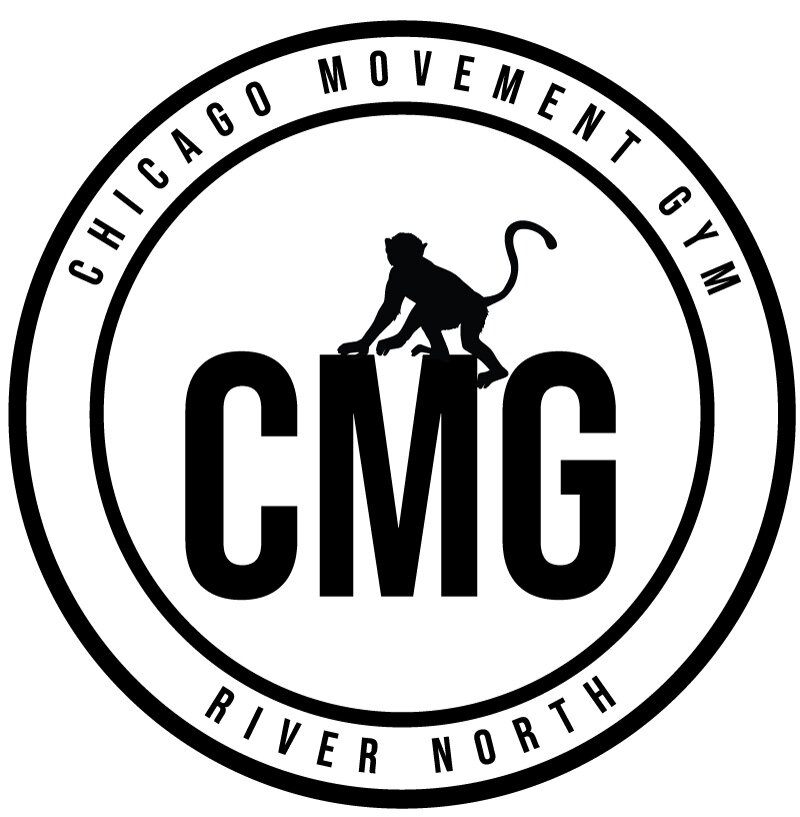5 Dogmas Comparing Weight Training vs. Movement Training
When it comes to fitness, two popular approaches often spark debate: weight training and movement training. Each method has its loyal followers, and both offer unique benefits. Let’s dive into five key dogmas comparing these two training styles to help you understand their differences and decide which aligns best with your fitness goals.
Dogma 1: Strength Development
Weight training is often seen as the gold standard for building strength. Using external resistance like dumbbells, barbells, or machines, it targets specific muscle groups and allows for progressive overload. This means you can gradually increase the weight to build muscle strength and size effectively.
In contrast, movement training focuses on functional strength by emphasizing bodyweight exercises, natural movement patterns, and agility. Think of activities like crawling, balancing, or climbing. While it may not bulk up your muscles like weight training, it builds a different kind of strength—one rooted in control, coordination, and adaptability.
Dogma 2: Muscle Isolation vs. Integration
Weight training typically isolates specific muscle groups. For example, a bicep curl targets just the biceps, making it ideal for sculpting individual muscles. This isolation approach is great for bodybuilders or those looking to focus on aesthetics.
Movement training, on the other hand, integrates multiple muscle groups in a single exercise. A move like a lizard crawl engages your core, shoulders, legs, and even your brain as you coordinate the motion. This holistic approach mirrors real-life activities, making it practical for improving overall functionality.
Dogma 3: Injury Risk and Prevention
Weight training, when done with poor form or excessive loads, can lead to injuries like strains or joint issues. However, proper guidance and technique can minimize these risks and even strengthen joints and bones.
Movement training prioritizes mobility, balance, and joint health. By working through a wide range of motion, it reduces stiffness and enhances flexibility. This makes it a safer option for beginners or those recovering from injuries. However, complex movements can still pose risks if performed incorrectly.
Dogma 4: Mental Engagement
Weight training often follows structured sets and repetitions, which can become monotonous over time. While some people enjoy this predictability, others may find it less mentally stimulating.
Movement training thrives on creativity and exploration. Exercises often mimic playful, animal-like movements or martial arts-inspired flows, keeping your mind engaged. This mental stimulation can make workouts more enjoyable and sustainable in the long run.
Dogma 5: Suitability for Goals
Weight training is ideal for those aiming to increase muscle mass, improve strength, or compete in strength-based sports. It’s also a proven method for boosting metabolism and bone density.
Movement training is perfect for enhancing agility, flexibility, and overall body awareness. It’s especially beneficial for athletes, dancers, or anyone seeking functional fitness that translates to everyday life.
Conclusion
Both weight training and movement training have their merits, and the best choice depends on your goals and preferences. Weight training builds raw strength and muscle, while movement training fosters agility and functional fitness. Why not combine the two? A balanced approach can offer the best of both worlds, keeping your workouts effective, diverse, and enjoyable.
